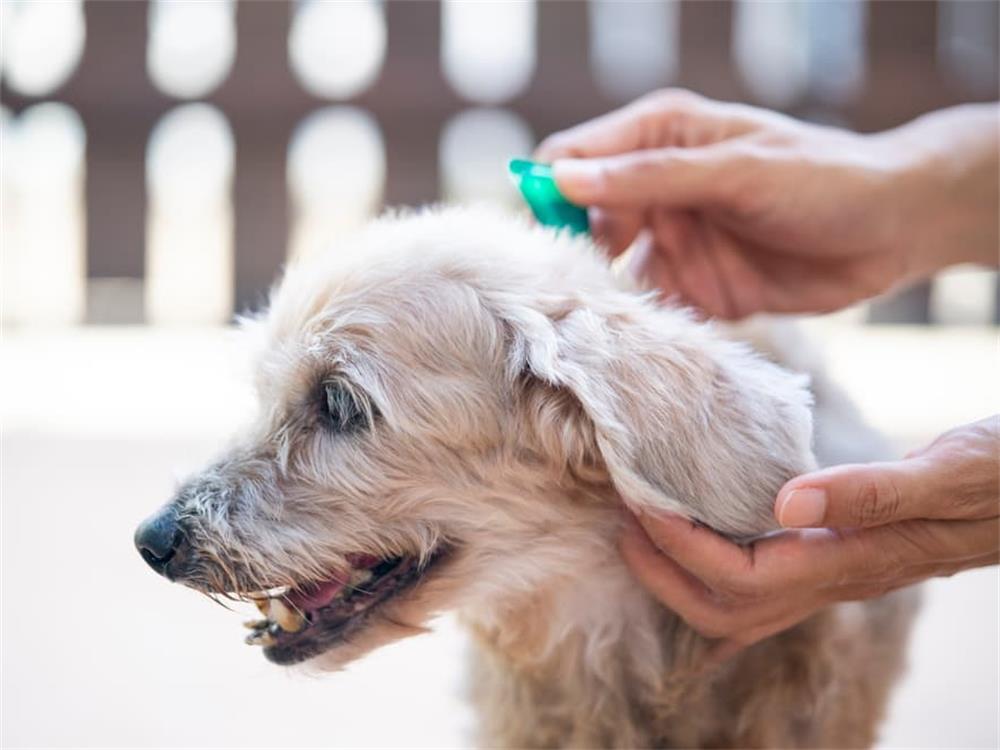Contents
Pet allergies are allergic reactions to proteins found in an animal’s skin cells, saliva, urine or dander (dead skin flakes). These proteins can trigger symptoms such as sneezing, runny nose, itchy eyes, coughing, wheezing and rashes in people who are sensitive to them. Pet allergies are common and can affect anyone, but they are more likely to occur in people who have a family history of allergies or asthma.
Causes and risk factors
Pet allergies are caused by an overreaction of the immune system to harmless substances on the animal. The immune system produces antibodies called immunoglobulin E (IgE) that bind to the allergens and cause inflammation and histamine release. Histamine is a chemical that causes allergy symptoms.
Some factors that increase the risk of developing pet allergies are:
- Having a genetic predisposition to allergies or asthma.
- Being exposed to pets at an early age or having a lack of exposure to pets in childhood.
- Having other types of allergies, such as hay fever or eczema.
- Living in a home with high levels of pet allergens.
Symptoms and complications
Pet allergy symptoms can vary from mild to severe and can occur immediately or after several hours of exposure. The most common symptoms include:
- Sneezing
- Runny nose
- Itchy, red or watery eyes
- Nasal congestion
- Itchy nose, throat or roof of mouth
- Cough
- Wheezing
- Shortness of breath
- Chest tightness or pain
- Hives
- Eczema
Some people may also experience anaphylaxis, which is a life-threatening allergic reaction that causes swelling of the throat, difficulty breathing, low blood pressure, rapid heartbeat, nausea, vomiting and loss of consciousness. Anaphylaxis requires immediate medical attention and treatment with epinephrine (adrenaline).
Pet allergies can also lead to complications such as:
- Sinus infections
- Ear infections
- Asthma attacks
- Chronic bronchitis
- Reduced quality of life
Diagnosis and treatment
To diagnose pet allergies, a doctor will ask about the symptoms, medical history and exposure to pets. The doctor may also perform a physical examination and order some tests, such as:
- Skin prick test: A small amount of the allergen is introduced on the skin to check for allergic reaction.
- Blood test: A sample of blood is analyzed for the presence of IgE antibodies specific to the allergen.
- Allergy blood test: A blood test that screens for multiple allergens at once.
The best treatment for pet allergies is to avoid or reduce contact with the animal as much as possible. However, this may not be feasible or desirable for some people who love their pets. In that case, some medications and other measures can help manage the symptoms and prevent complications. These include:
- Antihistamines: These drugs block the effects of histamine and reduce sneezing, itching and runny nose.
- Decongestants: These drugs shrink the swollen blood vessels in the nose and improve breathing.
- Nasal sprays: These sprays contain steroids or antihistamines that reduce inflammation and congestion in the nasal passages.
- Eye drops: These drops contain antihistamines or anti-inflammatory agents that relieve eye irritation and redness.
- Asthma inhalers: These devices deliver medication directly to the lungs and open up the airways for easier breathing.
- Allergen barrier balm: This is a product that can be applied around the nostrils to trap and block allergens from entering the nose.
- Immunotherapy: This is a treatment that involves exposing the person to gradually increasing doses of the allergen over time to desensitize the immune system and reduce allergic reactions. Immunotherapy can be given as injections (subcutaneous) or tablets (sublingual).
Prevention
The best way to prevent pet allergies is to avoid exposure to pets that cause allergic reactions. However, if this is not possible or desired, some steps can be taken to reduce the amount of pet allergens in the environment and minimize contact with them. These include:
- Keeping pets out of the bedroom and other areas where the person spends a lot of time.
- Washing pets regularly with hypoallergenic shampoo and brushing them outside to remove loose hair and dander.
- Using high-efficiency particulate air (HEPA) filters in the home to trap airborne allergens.
- Vacuuming frequently with a HEPA filter or a double-layered bag to remove dust and dander from carpets and furniture.
- Washing bedding, curtains and clothing in hot water to kill dust mites and remove allergens.
- Wearing a mask and gloves when cleaning or handling pets or their belongings.
- Washing hands after touching pets or their items.
- Taking medication before visiting a home with pets or before traveling with a pet.
Conclusion
Pet allergies are common and can cause a range of symptoms from mild to severe. They are caused by an overreaction of the immune system to proteins found in animal skin, saliva, urine or dander. The best way to treat pet allergies is to avoid or limit contact with the animal, but this may not be possible or preferred by some people. In that case, medications and other measures can help control the symptoms and prevent complications. Pet allergies can be diagnosed by a doctor based on the symptoms, history and tests. Some people may benefit from immunotherapy, which can reduce the sensitivity to the allergen over time. Pet allergies can be prevented by reducing exposure to pet allergens in the environment and minimizing contact with them.






